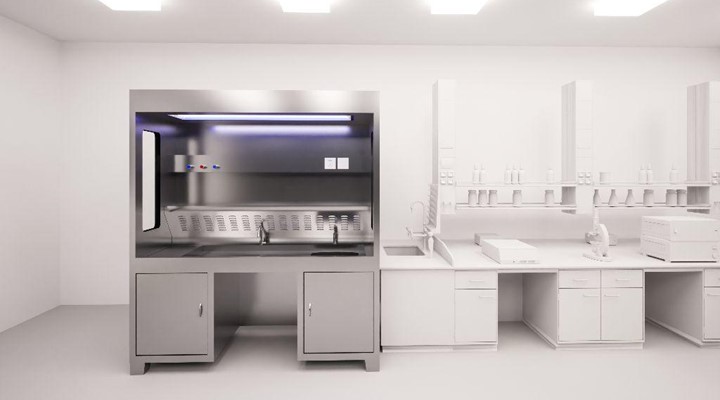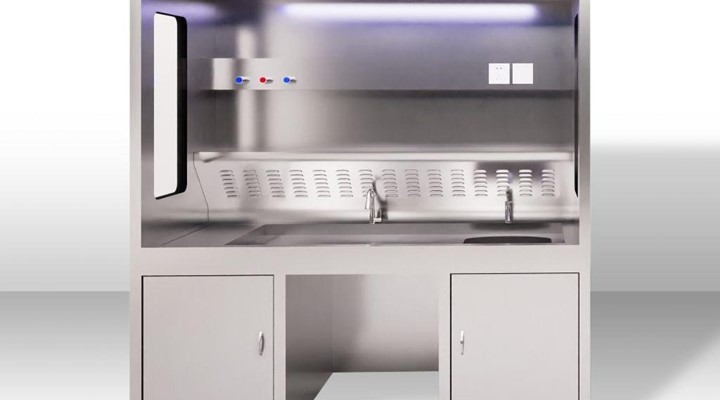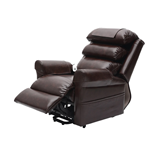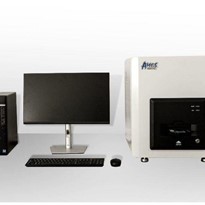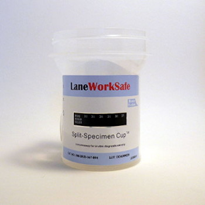I. Understanding the Grossing Process
Before delving into the intricacies of choosing pathology grossing stations, it is crucial to understand the grossing process itself. Grossing is the initial step in histopathological examination, involving the macroscopic examination and dissection of surgical specimens. The goal is to obtain accurate and representative tissue samples for subsequent microscopic analysis. Pathologists perform this task in specialized grossing stations, where they can manipulate and process tissues under controlled conditions.
A. Importance of Pathology Grossing Stations:
- Facilitate precise dissection and sampling of tissues.
- Ensure a clean and organized workspace for pathologists.
- Enhance safety by incorporating features such as fume extraction and ergonomic design.
B. Components of Grossing Stations:
- Work Surface: Provides a dedicated area for specimen handling and dissection.
- Ventilation System: Removes noxious fumes and odors generated during the grossing process.
- Illumination: Ensures proper visibility for accurate dissection.
- Storage and Organization: Space for storing tools, specimens, and other accessories.
- Ergonomic Design: Promotes user comfort and reduces the risk of repetitive strain injuries.
II. Assessing Laboratory Requirements
To choose the most suitable pathology grossing station, laboratories must first evaluate their specific requirements. Consider the following factors:
A. Workflow and Throughput:
- Assess the volume of specimens processed daily to determine the required throughput capacity.
- Choose a grossing station that can accommodate the expected workload without compromising efficiency.
B. Specimen Types and Sizes:
- Evaluate the diversity of specimen types routinely processed in the laboratory.
- Ensure that the grossing station is versatile enough to handle various specimen sizes and shapes.
C. Workspace Constraints:
- Measure the available space in the laboratory to ensure the chosen grossing station fits comfortably.
- Consider the layout and workflow requirements to optimize spatial utilization.
D. Ventilation and Safety Regulations:
- Verify compliance with local safety regulations regarding ventilation and fume extraction.
- Choose a grossing station with an effective ventilation system to maintain a safe working environment.
III. Key Features to Consider
Several key features distinguish one pathology grossing station from another. To make an informed decision, consider the following features:
A. Ventilation System:
- Opt for grossing stations with efficient fume extraction systems to eliminate hazardous vapors.
- Ensure that the ventilation system meets safety standards and provides a comfortable working environment.
B. Illumination:
- Choose a grossing station with ample and adjustable lighting to enhance visibility during dissection.
- LED lighting is often preferred for its energy efficiency and natural color rendering.
C. Work Surface Material:
- Evaluate the material of the work surface for durability, ease of cleaning, and resistance to chemicals.
- Stainless steel is a common choice due to its corrosion resistance and ease of maintenance.
D. Adjustability and Ergonomics:
- Prioritize grossing stations with adjustable work surfaces and ergonomic designs to accommodate different users comfortably.
- Ergonomic features reduce the risk of musculoskeletal injuries and enhance overall user satisfaction.
E. Storage and Organization:
- Consider the storage options available, such as drawers, shelves, and instrument racks.
- Efficient organization contributes to a clean and clutter-free workspace.
F. Integration with Laboratory Information Systems (LIS):
- Choose grossing stations that seamlessly integrate with laboratory information systems for streamlined data entry and specimen tracking.
- Integration enhances data accuracy and overall laboratory efficiency.
G. Ease of Cleaning and Maintenance:
- Assess the ease of cleaning and maintaining the grossing station.
- Removable parts and smooth surfaces simplify cleaning procedures, ensuring compliance with hygiene standards.
IV. Types of Pathology Grossing Stations
Grossing stations come in various types, each designed to cater to specific laboratory needs. Understanding these types can guide the selection process:
A. Down-Draft Grossing Stations:
- Airflow is directed downward, carrying fumes away from the user and preventing their inhalation.
- Suitable for laboratories with stringent safety requirements.
B. Back-Draft Grossing Stations:
- Airflow is directed behind the user, carrying fumes away from the dissection area.
- Ideal for laboratories where space constraints make down-draft stations impractical.
C. Combo (Combination) Grossing Stations:
- Offer the flexibility of both down-draft and back-draft configurations.
- Suitable for laboratories with diverse specimen types and processing requirements.
D. Portable Grossing Stations:
- Designed for flexibility, allowing users to move the station as needed.
- Ideal for laboratories with variable workspaces or for fieldwork.
E. Advanced Grossing Workstations:
- Incorporate advanced features such as digital imaging, touchscreen interfaces, and integrated cameras.
- Provide enhanced documentation capabilities and may be suitable for labs with specific research or documentation needs.
V. Budget Considerations
Managing budget constraints is an inevitable aspect of the decision-making process. To optimize budget considerations while ensuring the chosen grossing station meets laboratory requirements, consider the following:
A. Prioritize Essential Features:
- Identify the must-have features that align with your laboratory's needs.
- Prioritize these features to avoid unnecessary costs associated with additional functionalities.
B. Total Cost of Ownership:
- Consider the total cost of ownership, including maintenance, ongoing costs, and potential upgrades.
- Evaluate the long-term benefits of investing in a higher-end model if it aligns with your laboratory's goals.
C. Explore Financing Options:
- Investigate financing options offered by manufacturers or third-party vendors.
- Leasing or financing plans can help distribute the cost over time, making it more manageable.
D. Consider Return on Investment (ROI):
- Assess the potential return on investment in terms of increased efficiency, reduced errors, and improved workflow.
- A higher initial investment may be justified by long-term gains in productivity and accuracy.
VI. User Training and Support
The successful integration of a pathology grossing station into the laboratory environment relies on adequate user training and ongoing support. Consider the following aspects:
A. Training Programs:
- Inquire about training programs offered by the manufacturer for users of the grossing station.
- Comprehensive training ensures that laboratory staff can maximize the capabilities of the equipment.
B. User Manuals and Documentation:
- Ensure that the grossing station comes with detailed user manuals and documentation.
- Clear instructions and reference materials contribute to efficient and error-free operation.
C. Technical Support:
- Evaluate the level of technical support provided by the manufacturer.
- Quick access to technical support minimizes downtime in case of issues or malfunctions.
D. Software Updates:
- Inquire about the frequency of software updates and whether they are included in the purchase package.
- Regular updates can enhance the performance and security of the grossing station.
VII. Peer Reviews and Recommendations
Seeking feedback from colleagues, industry peers, and experts who have experience with specific pathology grossing stations can provide valuable insights. Consider the following strategies:
A. Attend Conferences and Workshops:
- Participate in conferences, workshops, and seminars related to pathology and laboratory medicine.
- Engage with professionals who have hands-on experience with various grossing stations.
B. Online Forums and Communities:
- Join online forums or communities where professionals discuss their experiences with different grossing stations.
- Real-world insights from peers can offer a nuanced perspective on equipment performance.
C. Consult Manufacturers:
- Reach out to manufacturers and request references or case studies showcasing the performance of their grossing stations.
- Direct communication with manufacturers can provide additional perspectives and address specific queries.
D. Site Visits:
- If feasible, arrange site visits to laboratories that are already using the grossing station you are considering.
- Observing the equipment in action and discussing experiences with users can offer practical insights.
VIII. Future-Proofing Your Investment
Investing in a pathology grossing station is a long-term commitment, and it's essential to consider how well the chosen system aligns with future advancements and evolving laboratory needs. Consider the following aspects:
A. Upgradability:
- Inquire about the potential for hardware and software upgrades.
- A system that can be easily upgraded ensures that your investment remains relevant as technology advances.
B. Integration with Emerging Technologies:
- Assess the grossing station's compatibility with emerging technologies, such as digital imaging and artificial intelligence.
- Ensuring adaptability to future trends is crucial for staying at the forefront of pathology practices.
C. Manufacturer Reputation:
- Choose a grossing station from a reputable manufacturer with a history of innovation and commitment to advancing their products.
- Manufacturers with a track record of continuous improvement are more likely to offer updates and new features.
D. Feedback Mechanisms:
- Inquire about the manufacturer's mechanisms for collecting user feedback and incorporating user suggestions into future updates.
- A responsive manufacturer values user input and actively works to enhance their products.
IX. Conclusion
Choosing the right pathology grossing station is a multifaceted decision that requires careful consideration of numerous factors. By understanding laboratory requirements, evaluating key features, managing budget considerations, and seeking feedback from peers, you can make an informed decision that aligns with your goals and enhances the efficiency of your pathology workflows. As technology continues to advance, the right choice today will not only meet your current requirements but also position your laboratory for success in the dynamic landscape of histopathological research and diagnostic pathology.


